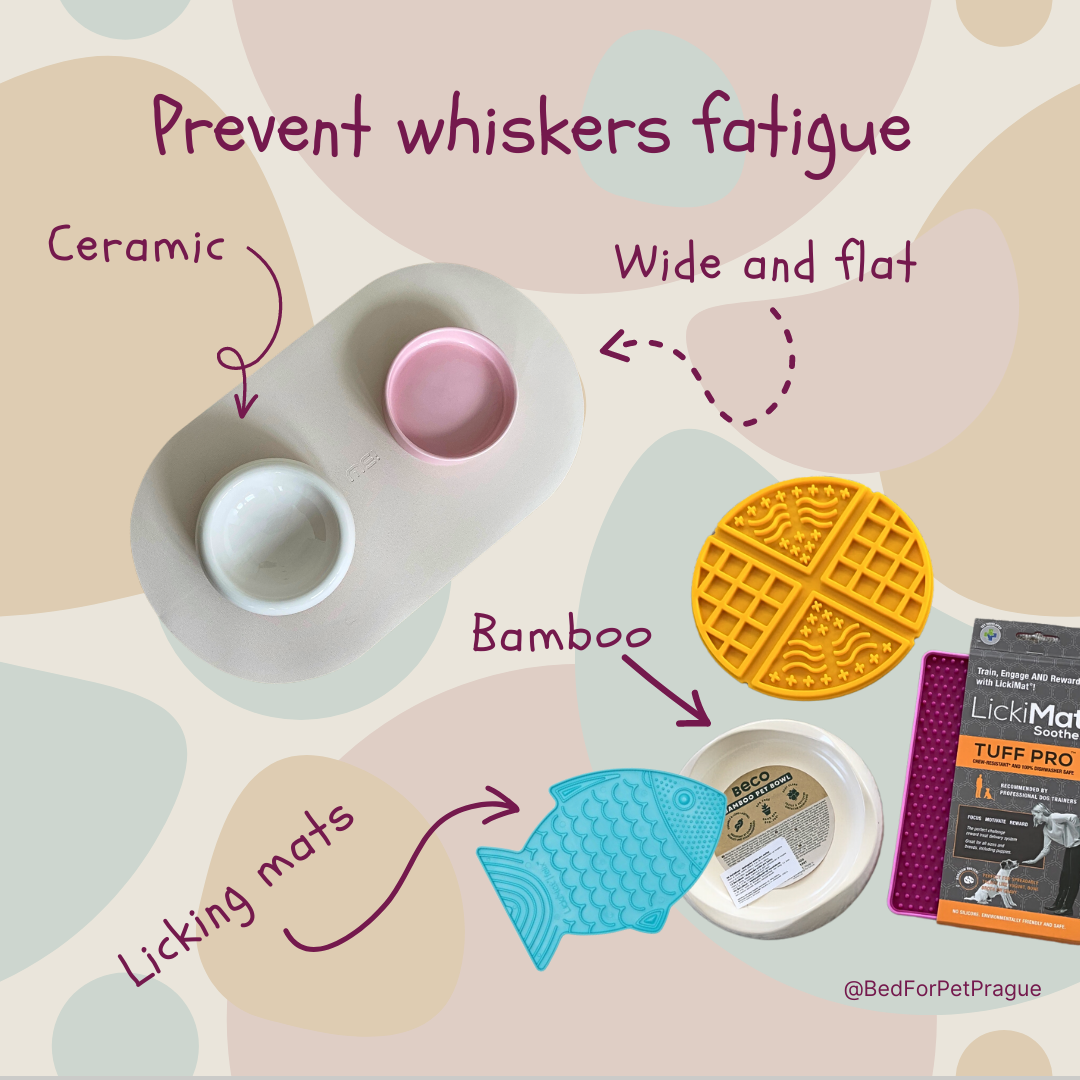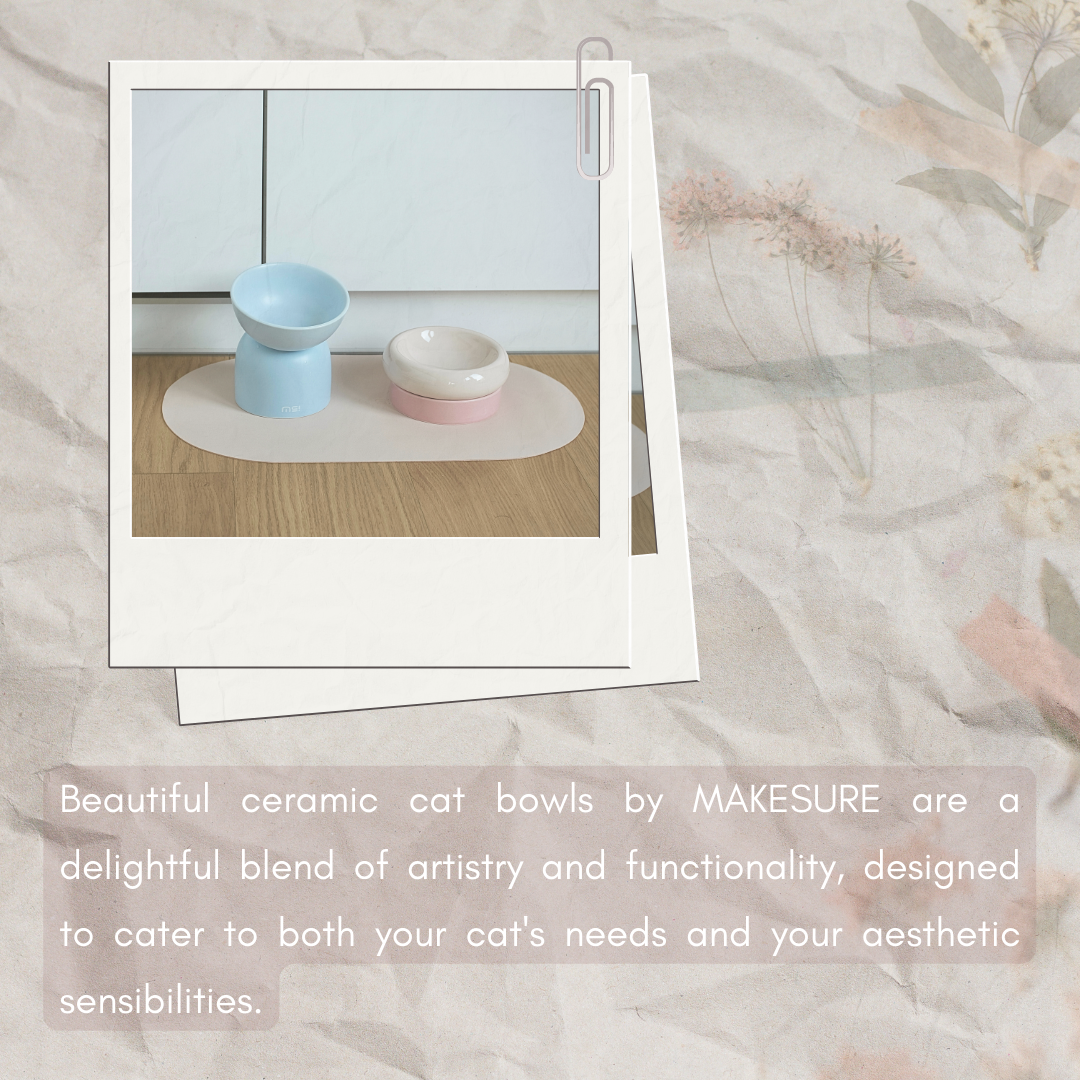Whiskers, or vibrissae, are sensitive in cats due to their unique structure and the abundance of nerve endings associated with them. Here are the key reasons why whiskers are sensitive in cats:
- Nerve Endings: At the base of each whisker, there is a dense cluster of nerve endings called proprioceptors. These nerves are extremely sensitive to touch and movement, allowing cats to detect even the slightest changes in their surroundings.
- Blood Supply: Whiskers have an abundant blood supply, which contributes to their sensitivity. The blood flow to the whiskers helps maintain their health and responsiveness to sensory stimuli.
- Deep Roots: Whiskers are deeply embedded in the skin and connected to highly sensitive hair follicles. This deep-rooted structure allows them to transmit sensory information effectively.
- Muscular Control: Whiskers are connected to tiny muscles that enable cats to move and position them deliberately. This muscular control enhances their sensory capabilities and allows them to explore their environment with precision.
- Specialized Sensory Organs: The nerve endings in the whiskers are specialized mechanoreceptors. These receptors can detect even the slightest touch, pressure, or movement, allowing cats to gather information about objects, air currents, and their own movements.
- Spatial Awareness: Whiskers play a crucial role in a cat's spatial awareness and help them judge distances accurately. They allow cats to maneuver through tight spaces without bumping into objects or walls.
- Night Vision Aid: Since cats are crepuscular animals (most active during dawn and dusk), their whiskers become particularly valuable at night. The sensitive whiskers help compensate for reduced visibility, aiding their nocturnal activities and hunting.
Whiskers fatigue prevention refers to measures taken to ensure that a cat's whiskers (vibrissae) are not overstimulated or strained. Whisker fatigue can occur when a cat's whiskers experience excessive stimulation or repeated contact, leading to discomfort and stress for the cat.

To prevent whisker fatigue in cats:
- Use whisker-friendly food and water bowls: Choose shallow and wide dishes for feeding. These prevent the cat's whiskers from touching the sides of the bowl while eating or drinking, reducing sensory overload.
- Avoid metal bowls: Metal bowls can transmit vibrations and amplify sensory input, which may overwhelm a cat's sensitive whiskers. Opt for ceramic, glass, or silicone bowls instead.
- Switch from bowls to licking mats from time to time.


